Types of Windshield Cracks
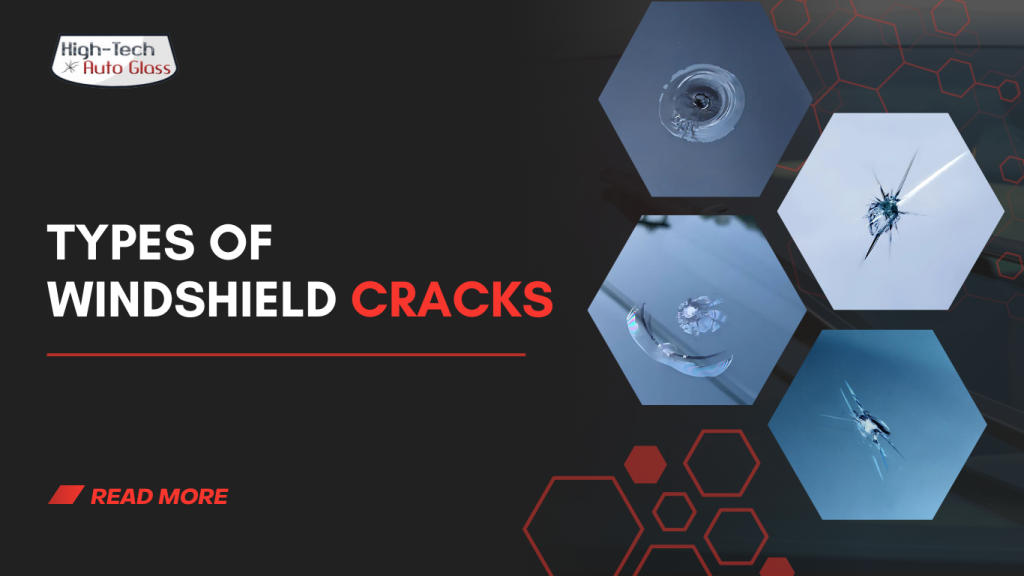
A cracked windshield isn’t just an eyesore—it can compromise your safety and the structural integrity of your vehicle. Your windshield does more than provide a clear view of the road; it acts as a protective barrier against debris, harsh weather, and even during collisions.
Did you know? Some cracks can spread within hours, while others stay the same for years. But waiting too long could turn a small crack in the windshield into a non fixable crack, forcing a costly replacement.
Understanding windshield crack types can help you make informed decisions—whether it’s time for a small windscreen crack repair or if you need to replace the entire glass. In this guide, we’ll explore different window cracks, their causes, and whether they are repairable windshield cracks or require immediate action.
Common Types of Windshield Cracks
Your windshield is designed to handle a lot, but over time, windshield damage can happen due to various factors like road debris, temperature changes, and vehicle stress. Some cracks stay small, while others can spread rapidly, turning a small crack in the windshield into a major safety concern.
The Importance of OEM Windshield Replacement
These cracks occur when an external object, like a rock or debris, strikes the windshield. They vary in shape and severity, depending on the impact force and location.
Bull’s Eye Crack: This type of crack forms when a round object, like a rock, impacts the windshield, creating a circular pattern with a dark center. The name comes from its resemblance to a dartboard bullseye. If left untreated, the crack can expand, leading to windshield crack spreading. It is often repairable if caught early, especially if it remains under an inch in diameter.
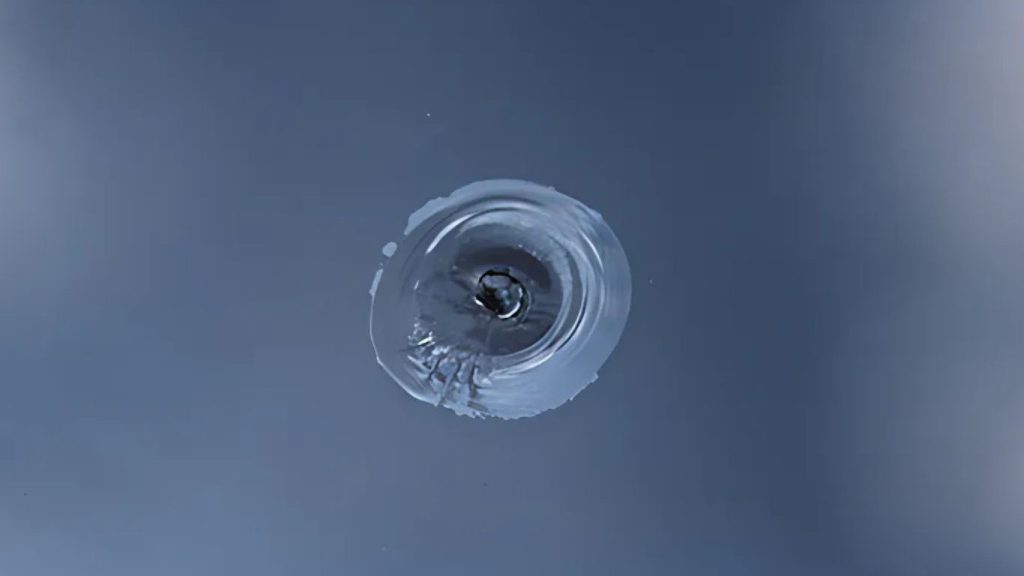
Star Crack: A cracked windshield with a star-shaped break occurs when a sharp object impacts the glass, causing several thin cracks to radiate from a central impact point. This type of glass crack can spread over time due to vibrations and temperature changes, necessitating windshield large crack repair if ignored.

Half-Moon Crack: Similar to a bull’s eye crack, but with an incomplete circular shape. This happens when a rock or other object strikes at an angle, leading to a semi-circular break. Often seen in broken car windshields, this crack is repairable if it doesn’t obstruct vision and remains small.
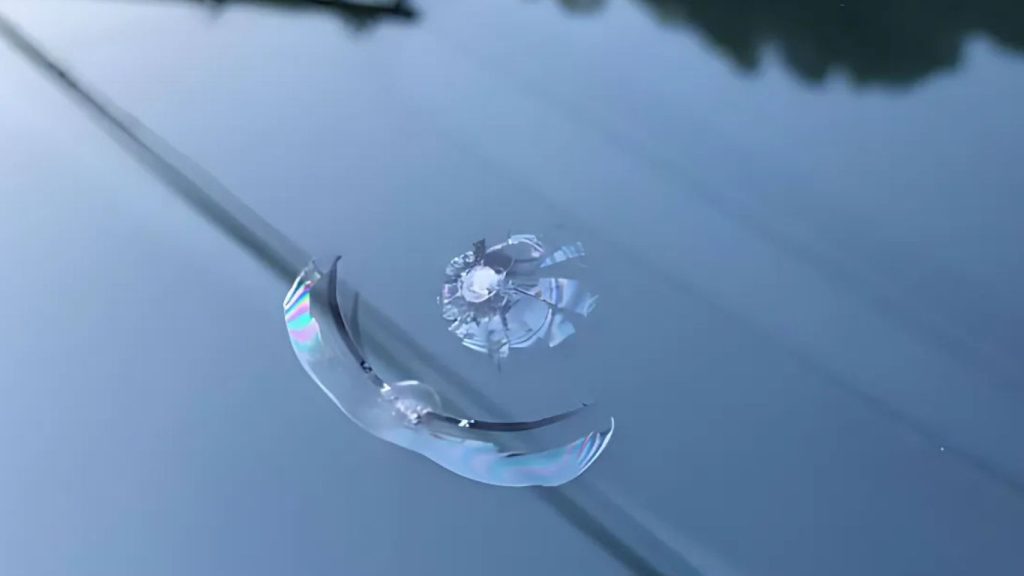
Bee’s Wing Crack: Resembling a star crack, this type has extended branches spreading outward, creating a pattern similar to an insect’s wing. These cracks can quickly turn into non-fixable crack if left untreated, as the fractures weaken the structural integrity of the front window crack.
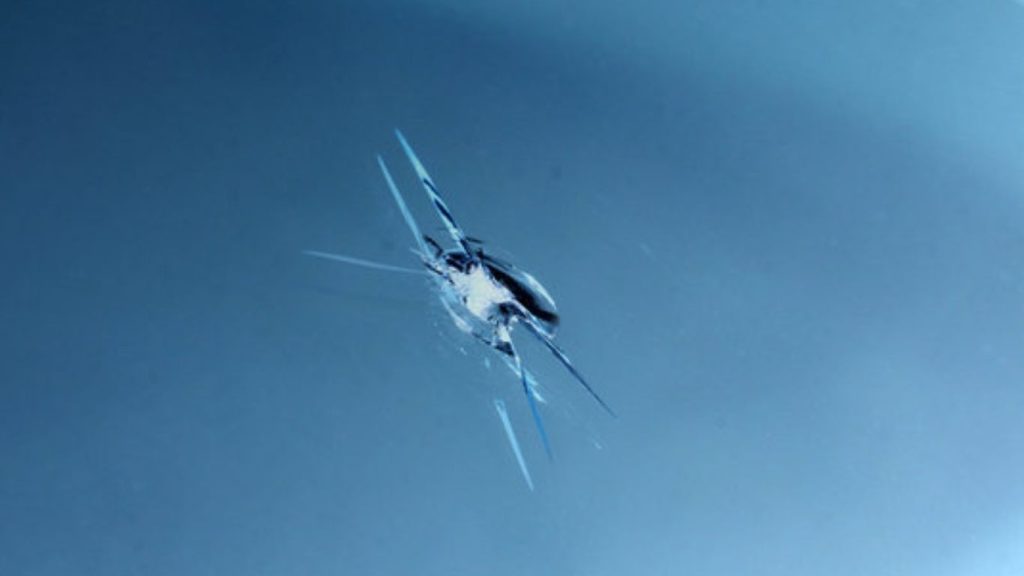
Non-Impact Cracks (Caused by Pressure or Temperature Changes)
Unlike impact-based cracks, these occur due to environmental or mechanical stress, often without a visible point of impact.
Stress Crack: This type of cracked windshield occurs without external force, often due to sudden temperature shifts, like blasting hot air on an icy windshield. The crack typically starts small and grows outward, making it difficult to repair. In most cases, small windscreen crack repair isn’t an option and a replacement is necessary.
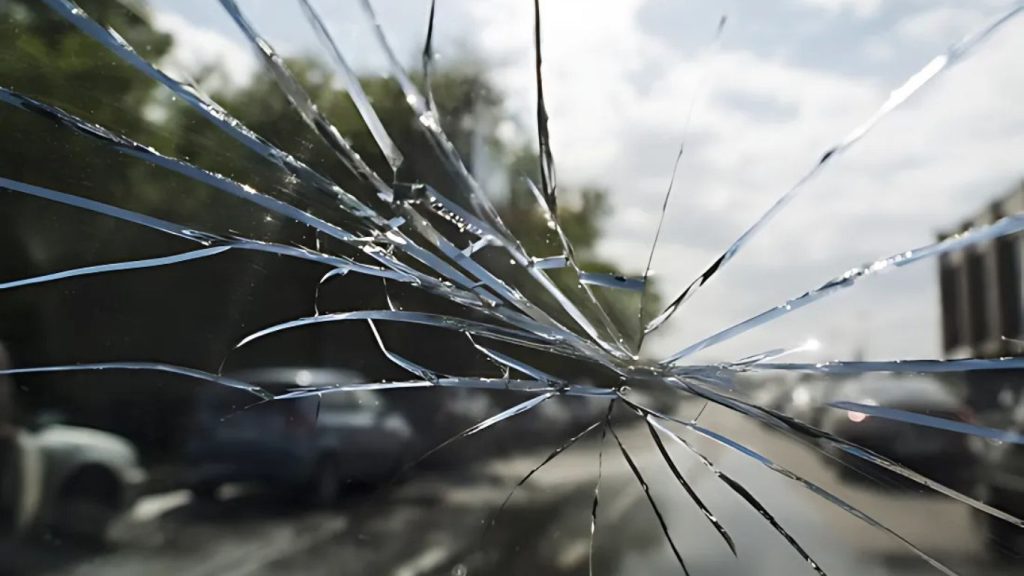
Edge Crack: This window crack begins at the outer edge of the windshield and spreads inward. It is commonly caused by structural stress, improper installation, or repeated exposure to temperature fluctuations. Since edge cracks tend to grow quickly, repairable windshield cracks in this category are rare, and replacement is usually required.

Floater Crack: A car windshield crack that forms in the middle of the windshield rather than along the edges. These are commonly caused by temperature stress and can sometimes be repairable, but their unpredictability makes early intervention essential.

Repair vs. Replacement: How to Decide?
When dealing with a cracked windshield, one of the biggest questions is whether you can repair it or if a full replacement is necessary. The answer depends on several factors, including the type, size, and location of the damage. Addressing windshield damage early can save you money and prevent further issues.
Rare & Uncommon Cracks
Not all cracks require replacement—some can be fixed quickly if caught early. Here are the types of repairable windshield cracks:
Crack Type | Need to Repair |
Small Bull’s Eye Crack | Circular impact crack under an inch, repairable if not in driver’s view. |
Minor Star Crack | Star-shaped break with short radial cracks; repairable if not spreading. |
Crack Chips | Small chips not deep into the glass, repairable before worsening. |
Small Crack in Windshield | Short cracks (under 3 inches) can often be repaired affordably. |
When Replacement is Necessary
Sometimes, repairs won’t be enough, and replacing the broken car windshield is the safest choice. Here are cases where replacement is the only option:
Crack Type | Replacement Need |
Long Cracks | Cracks over 6 inches compromise windshield strength, requiring replacement. |
Edge Cracks | Starts at windshield edges and spreads; replacement often necessary. |
Deep Stress Cracks | Extend through multiple glass layers, making them non fixable cracks. |
Split Windshield Cars | If a crack splits the windshield into sections, replacement is needed. |
Severe Impact Damage | Multiple cracks or extreme damage require full replacement. |
Factors That Determine Repair vs. Replacement
Even if a crack appears minor, other factors can influence the decision:
- Crack Size: A small windscreen crack repair is possible if the damage is within repairable size limits (usually under 3 inches).
- Crack Depth: If the crack penetrates multiple layers, replacement is the safer option.
- Location: A front window crack in the driver’s line of sight may require replacement for safety reasons.
- Windshield Crack Spreading: If the crack is already expanding, waiting too long can make repairs impossible.
Conclusion
Ignoring a car windshield crack can lead to serious safety risks and costly repairs. Whether you’re dealing with a small crack in the windshield or a shattered windshield, taking prompt action is essential. Ensuring that your windshield is in optimal condition enhances both your safety and your vehicle’s longevity. If you’re unsure whether your windshield damage needs repair or replacement, it’s best to consult an expert as soon as possible.
At High-Tech Autoglass, we specialize in windshield replacement in Phoenix, offering top-quality service with expert precision. Our team is committed to ensuring your safety with reliable, fast, and affordable windshield repair and replacement services. Don’t wait until a nonfixable crack compromises your visibility—contact High-Tech Autoglass today and drive with confidence!
Frequently Asked Questions
Can I drive with a cracked windshield in extreme weather conditions?
Driving with a cracked windshield in extreme heat or cold can worsen the crack due to thermal expansion and contraction. It’s best to repair it before it spreads.
How long does it take to replace a windshield?
A windshield replacement typically takes 30 minutes to an hour, but the adhesive requires at least an hour to cure before the car can be driven.
Will my car fail an inspection if I have a cracked windshield?
In many states, a cracked windshield that obstructs the driver’s view can cause a vehicle to fail a safety inspection. Laws vary, so it’s best to check local regulations.
Is a windshield covered under a car’s warranty?
Most vehicle warranties don’t cover windshield damage unless it’s a manufacturer defect. However, comprehensive insurance policies often cover windshield replacement.
Does a repaired windshield crack disappear completely?
A small windscreen crack repair can improve visibility and prevent spreading, but some minor blemishes may still be visible after repair.
Can a cracked windshield affect fuel efficiency?
While it may seem unrelated, a cracked windshield can affect aerodynamics, especially if the crack alters the seal. This could slightly impact fuel efficiency at high speeds.
What’s the difference between OEM and aftermarket windshields?
OEM windshields (Original Equipment Manufacturer) match the factory specifications, while aftermarket windshields may vary slightly in thickness, clarity, or tint.
Can I wash my car right after a windshield replacement?
It’s recommended to wait at least 24 hours before washing your car after a windshield replacement, as water pressure can affect the seal.
